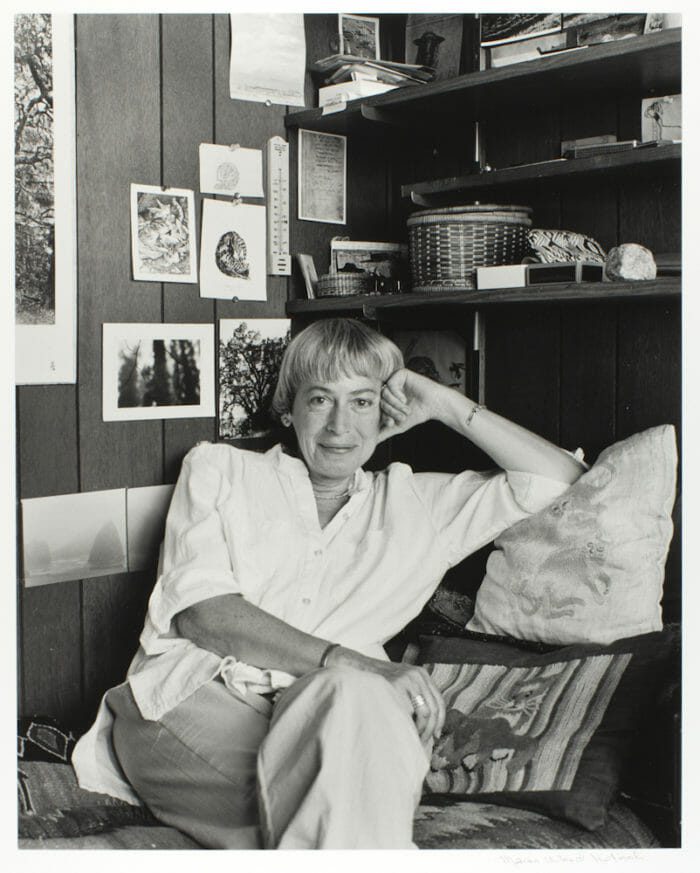
As an undergraduate, I started out majoring in Biological Anthropology, but a seminar in Comparative Literature during my second year, taught by Sal Allosso, made me switch. I discovered how I loved looking at literature (and, in turn, ourselves) through so many different lenses—theoretical, multi-cultural, interdisciplinary, historical. It was during that class that I first read something by Ursula K. Le Guin, who died this week at the age of 88. The New Yorker describes her work: “Le Guin was the author of essays, poetry, and fiction, some of it science fiction or fantasy, some of it realist, much of it unclassifiable.” And it’s a testament to her broad appeal and beautiful writing (as well to that wonderful professor) that The Lathe of Heaven became one of my favorite books that year, as I am not what you would call the sci-fi or fantasy type.
In fact, Aron jokes that I mislead him. When we first met, I gave him a copy of the book as a gift, and he thought we might share more of a fondness for the genre than was the case.
What I enjoyed (and of course what most people do enjoy about science-fiction done well) was the way she questioned the status-quo. Her examinations of race and gender were inventive as well as subversive. I went back to find something that stood out in that novel and found this, about a society where everyone was made gray, underlined:
“She could not have been born gray. Her color, her color of brown, was an essential part of her, not an accident. Her anger, timidity, brashness, gentleness, all were elements of her mixed being, her mixed nature, dark and clear right through, like Baltic amber. She could not exist in the gray people’s world. She had not been born.”― Ursula K. Le Guin, The Lathe of Heaven
When I was growing up, the predominant feeling in education seemed to be that we should try to erase race, be colorblind—color consciousness would promote nativism and discrimination, so this felt especially provocative to me. Most sociologists now agree that “colorblindness comes at a cost. By claiming that [we] do not see race, [we] also can avert [our] eyes from the ways in which well-meaning people engage in practices that reproduce neighborhood and school segregation, rely on ‘soft skills’ in ways that disadvantage racial minorities in the job market, and hoard opportunities in ways that reserve access to better jobs for white peers.” (Adia Harvey Wingfield, for The Atlantic). Recognizing disparity and difference is actually what leads to a “willingness to work for change.” All of that was in the idea that in a gray world this woman could not exist.
I feel like I owe a debt to Le Guin for opening my eyes to a new genre and its power. And maybe for a new boyfriend?
NPR replayed a bit of an earlier interview Terry Gross conducted with Le Guin on Fresh Air and I really enjoyed hearing her thoughts on being a mother and a writer at once, too. It’s a 6-1/2 minute clip, if you’d like to listen.
Here are some more links you may enjoy as well…
More on blindness and racism.
Love Oprah. What a fun one-minute video from InStyle. “You get a coat!”
The straw that broke… This article finally made us Add-to-Cart the InstaPot. Trying it for the first time tonight.
“I think it’s interesting,” I said, “given the extent of what we’re learning, how many people seem more concerned with overreach than anything else.” I really related to this article on #MeToo backlash. I’ve had this experience with so many men—one of the lines felt pulled from my last dentist appointment.
Related, there’s so much good writing on the Aziz Ansari coercion case, but I especially enjoyed this one from Design Mom. As one of the (wonderful) comments on it says, it really sits with the grey areas.
Is blogging ending? (via Even Cleveland)
Or is it staging a comeback?
One of Aron’s and my favorite picture books to read aloud—a favorite birthday gift Skyler received last year.
How I got my attention back. (via Whoorl)
Nachos 15 ways. yessssss.
Prime Now, a service included in Amazon Prime memberships can get your Whole Foods groceries to you in as little as two hours.
Favorite indoor winter activities for kids. I want to check out this amazing sounding blue track.
Where to hide if a nuclear bomb goes off. Yikes.
Remember those Swedish raincoats? This $40-dark blue one at H&M looks a lot like a Stutterheim!
“Love doesn’t just sit there, like a stone, it has to be made, like bread; remade all the time, made new.”
― Ursula K. Le Guin, The Lathe of Heaven
Have a great weekend!
[Photo: Marian Wood Kolisch (American, 1920-2008), Ursula K. Le Guin, 1988, gelatin silver print, Bequest of Marian Wood Kolisch, © Portland Art Museum, 2009.30.35]

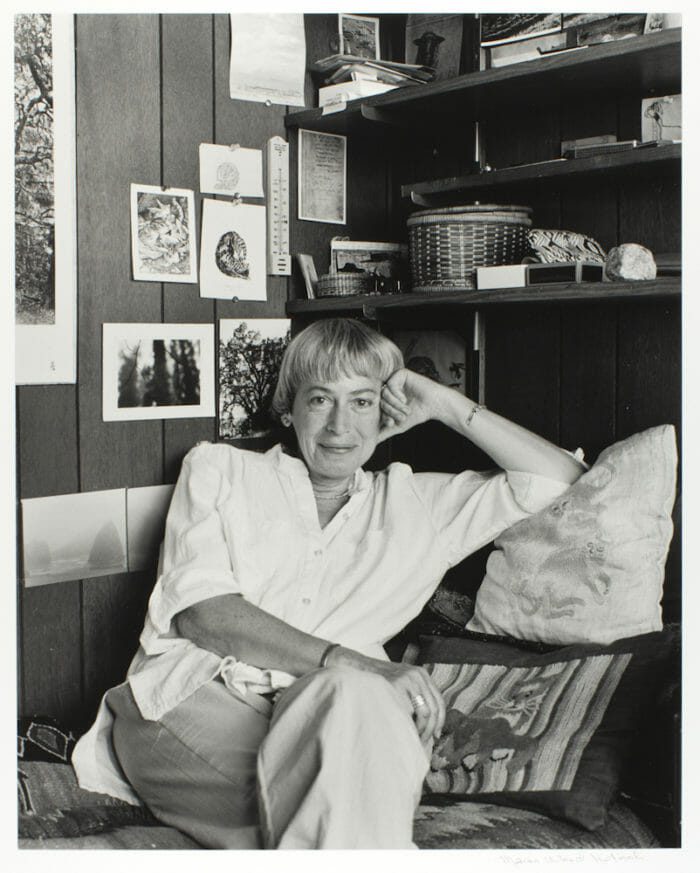
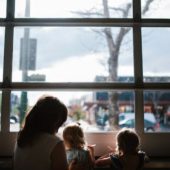

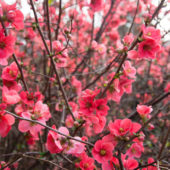










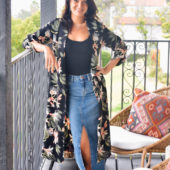


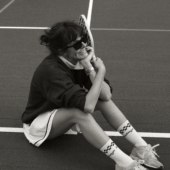


















18 Comments